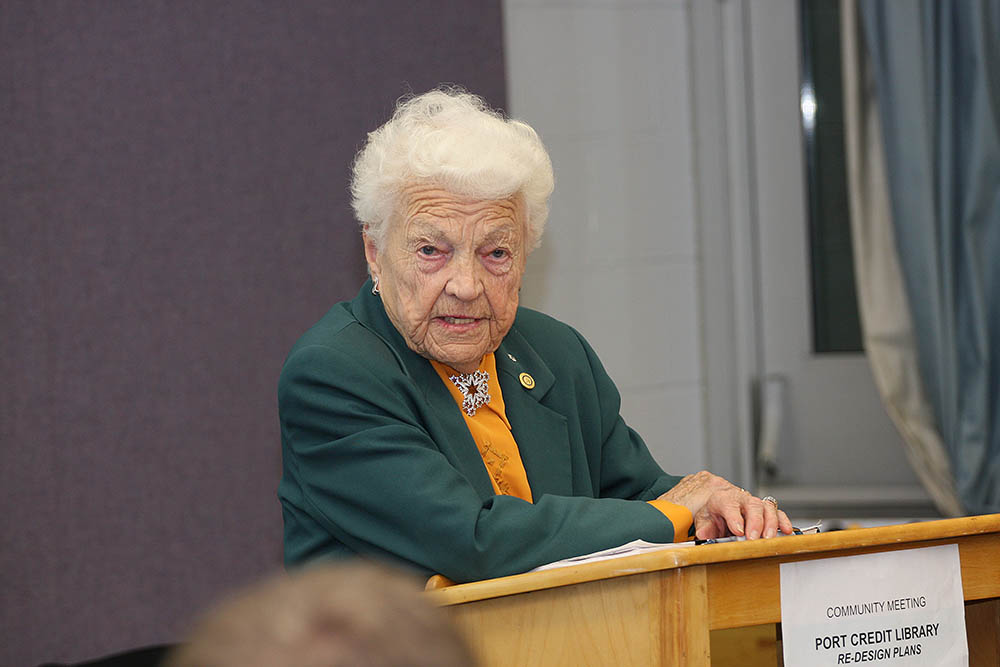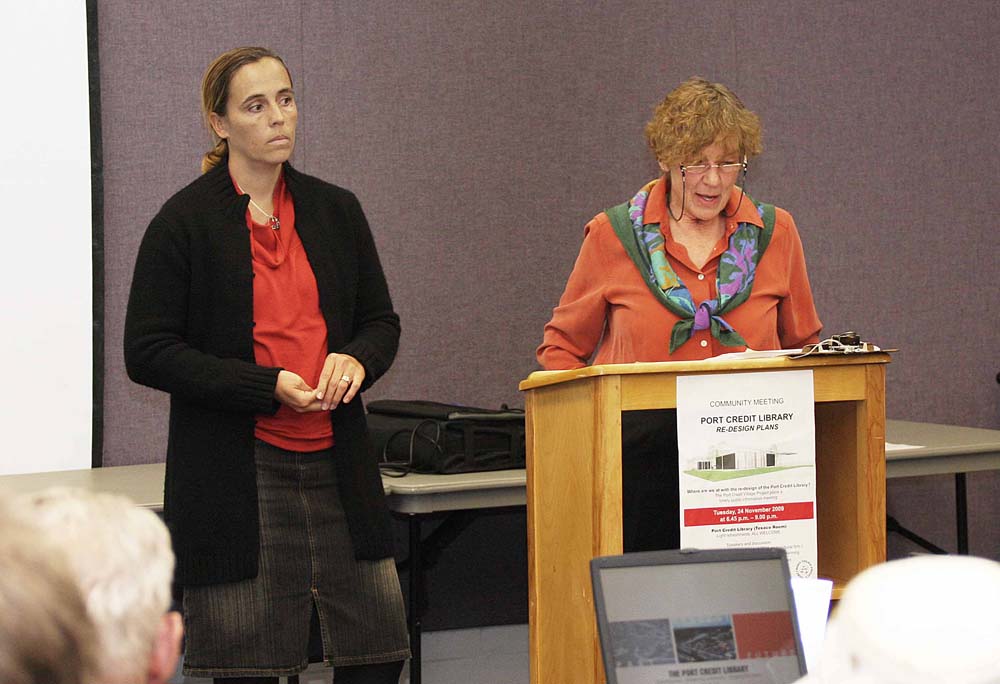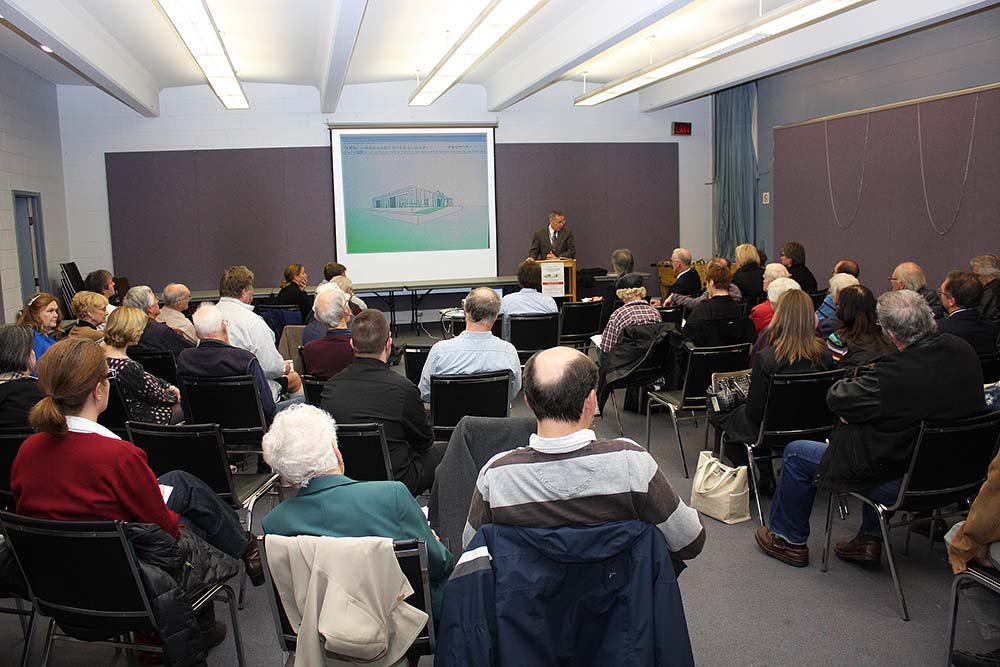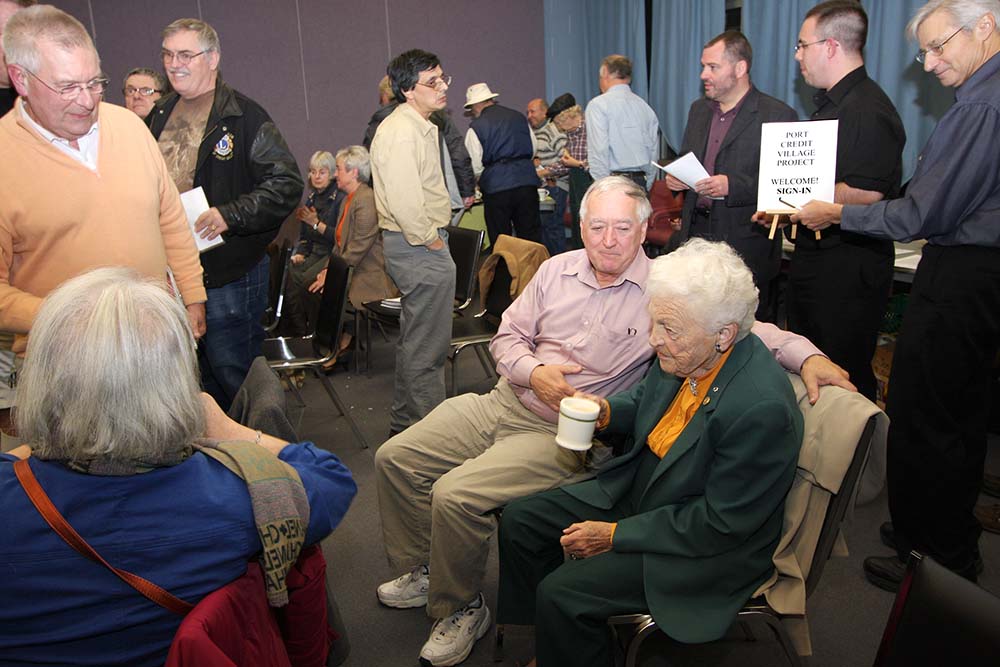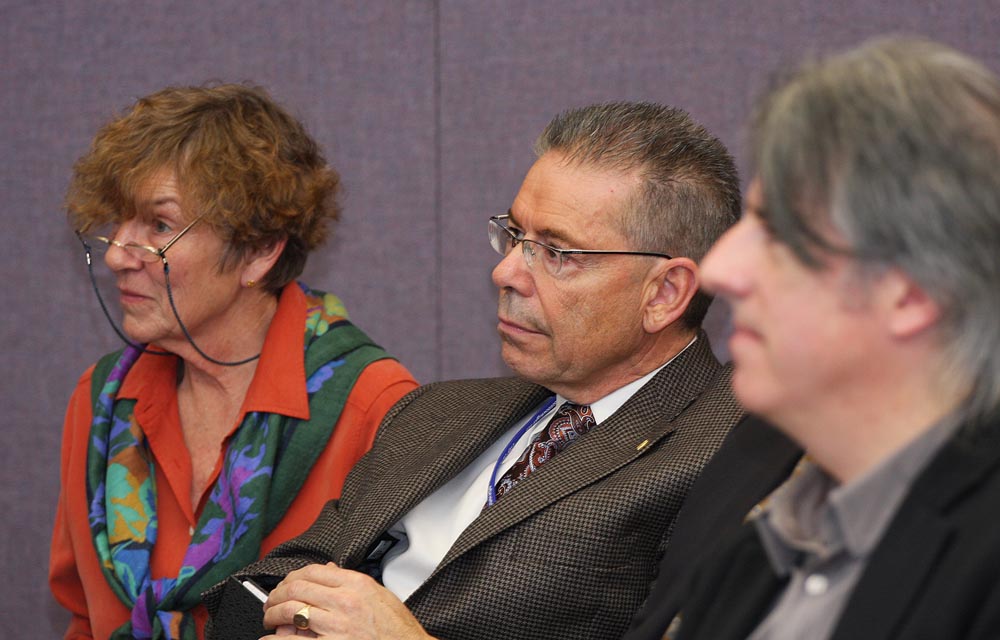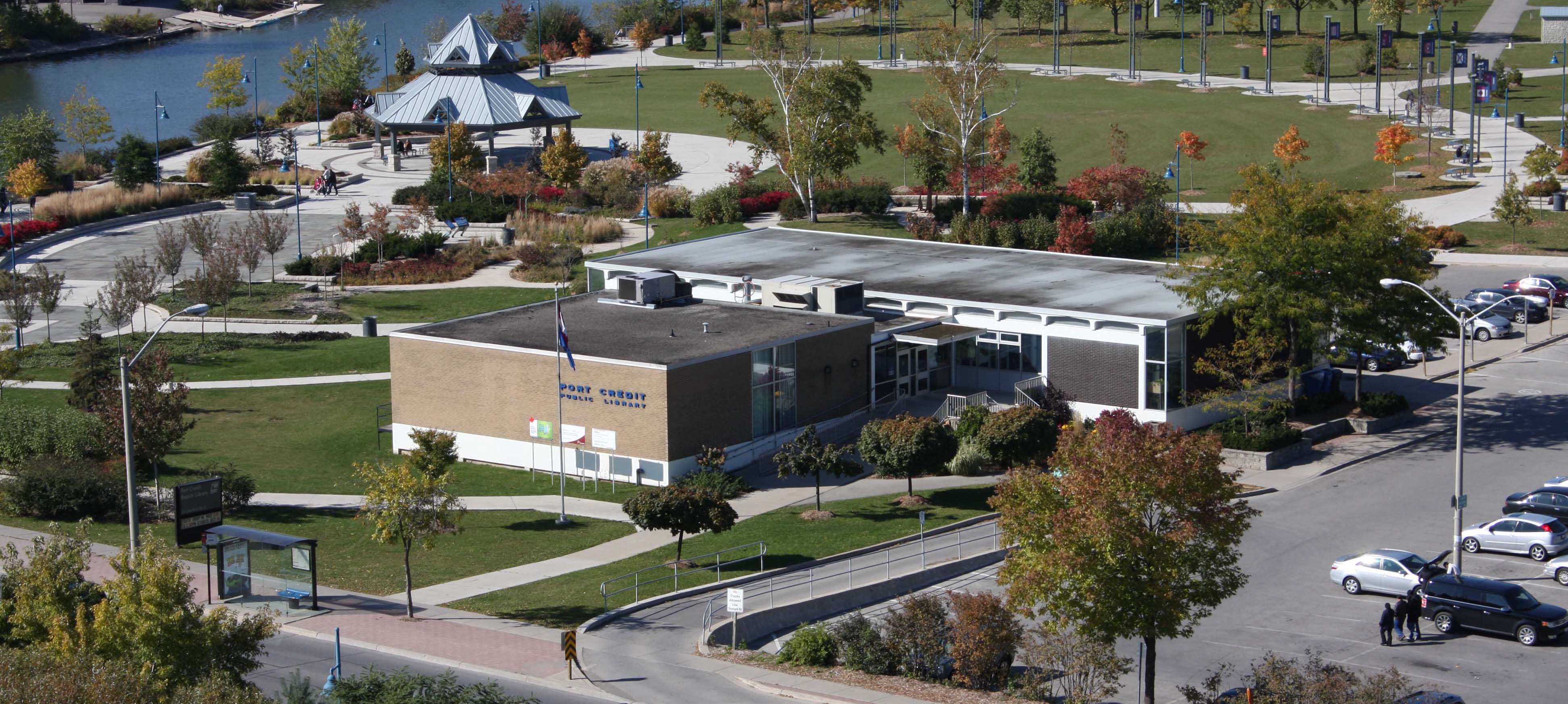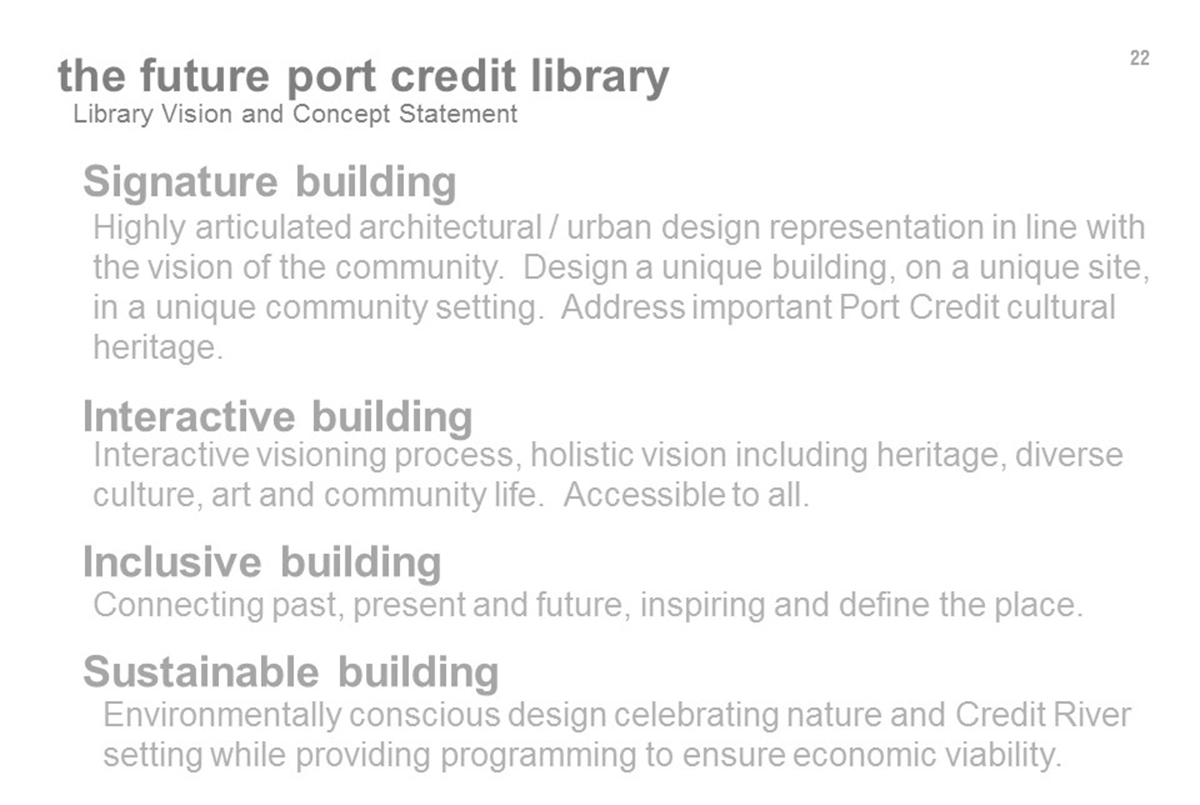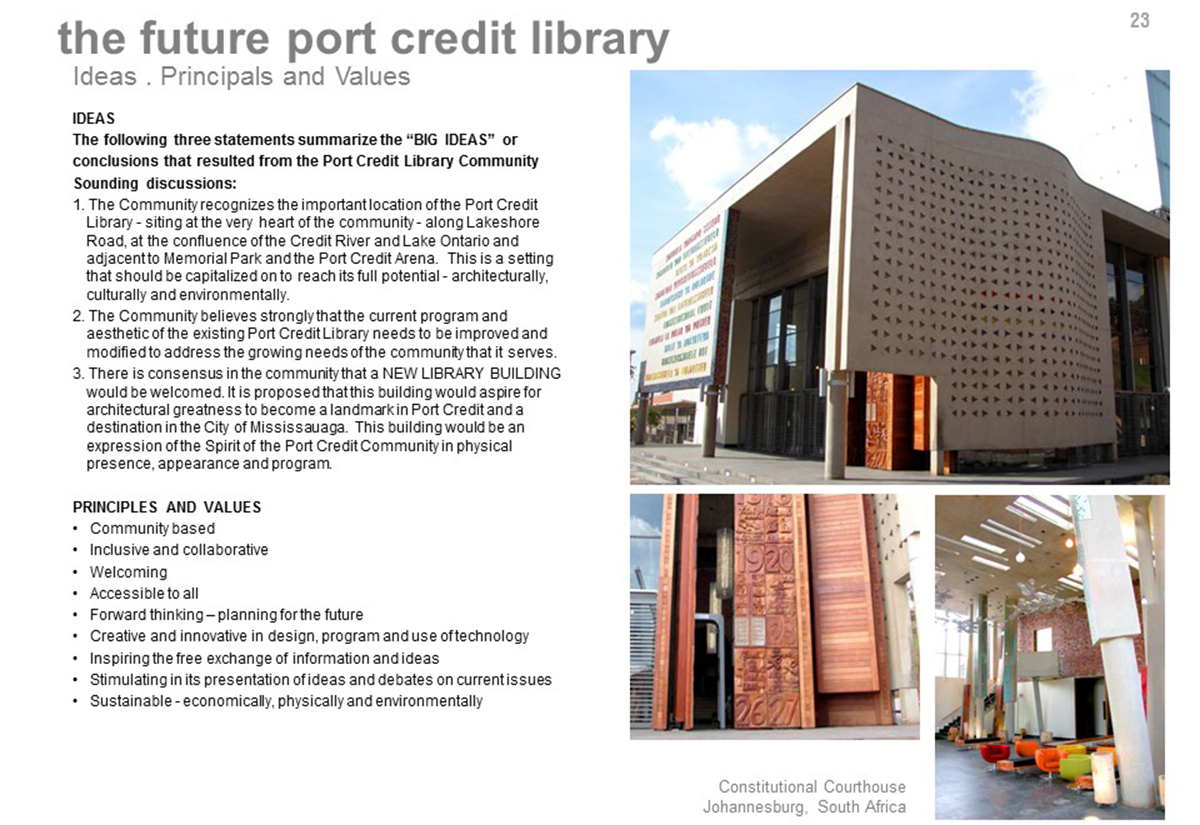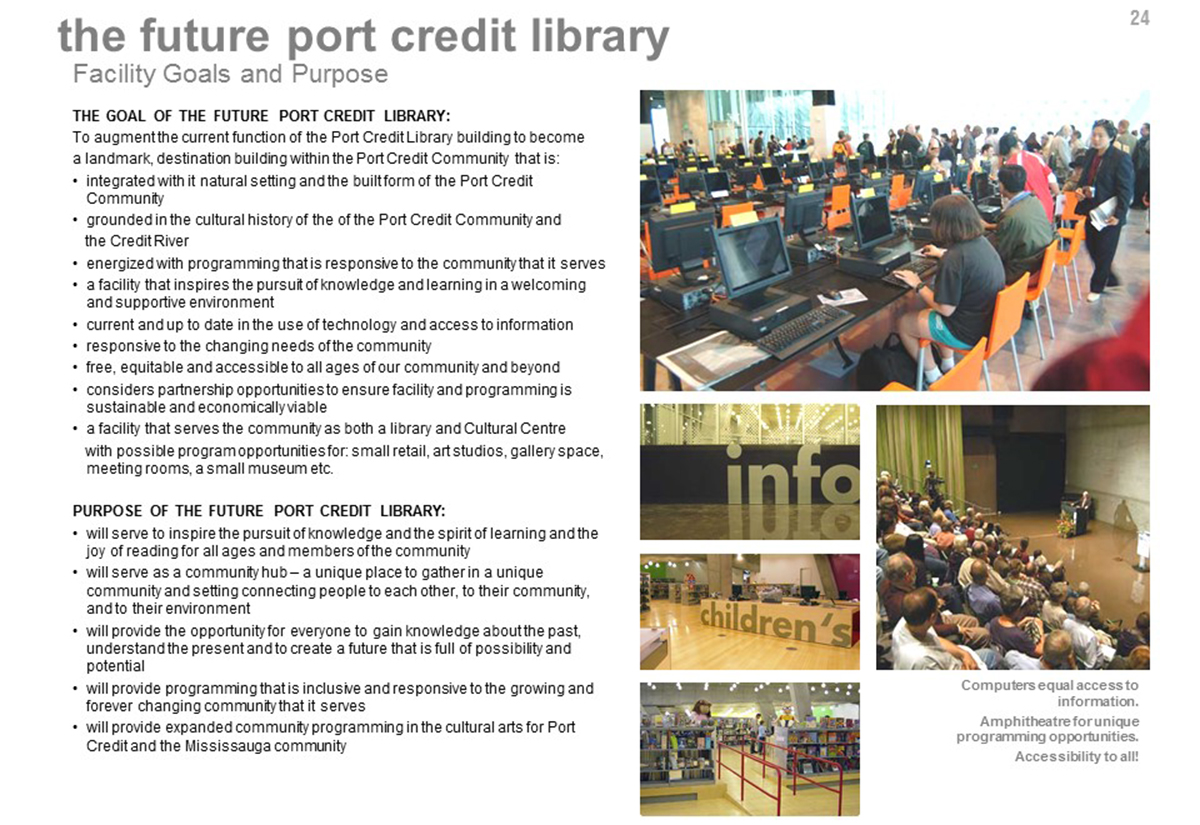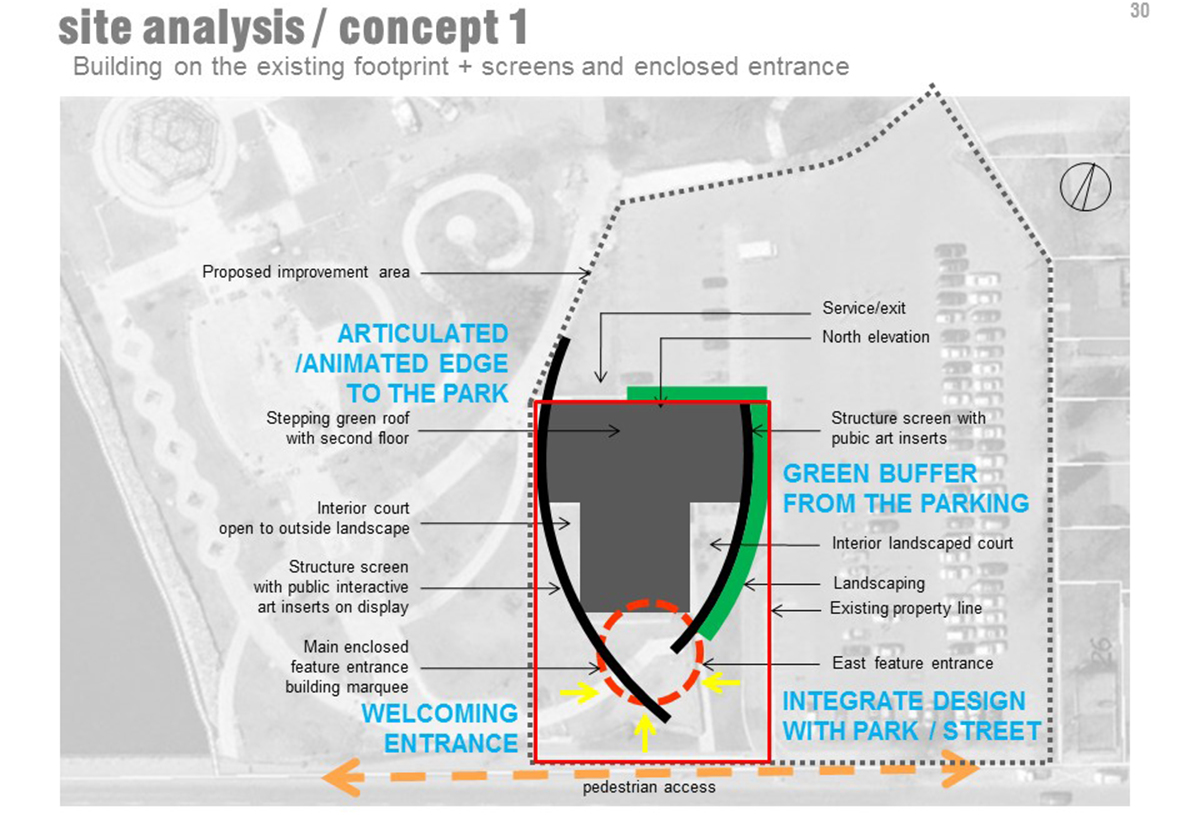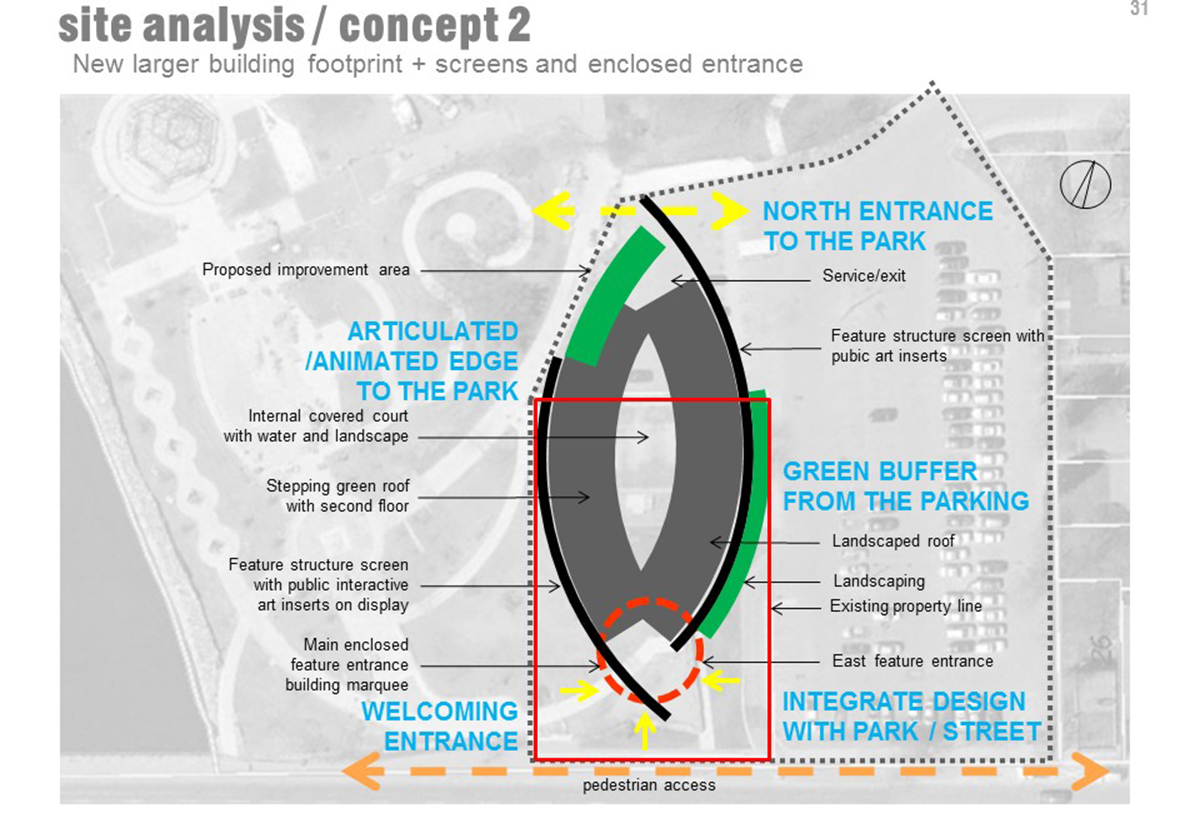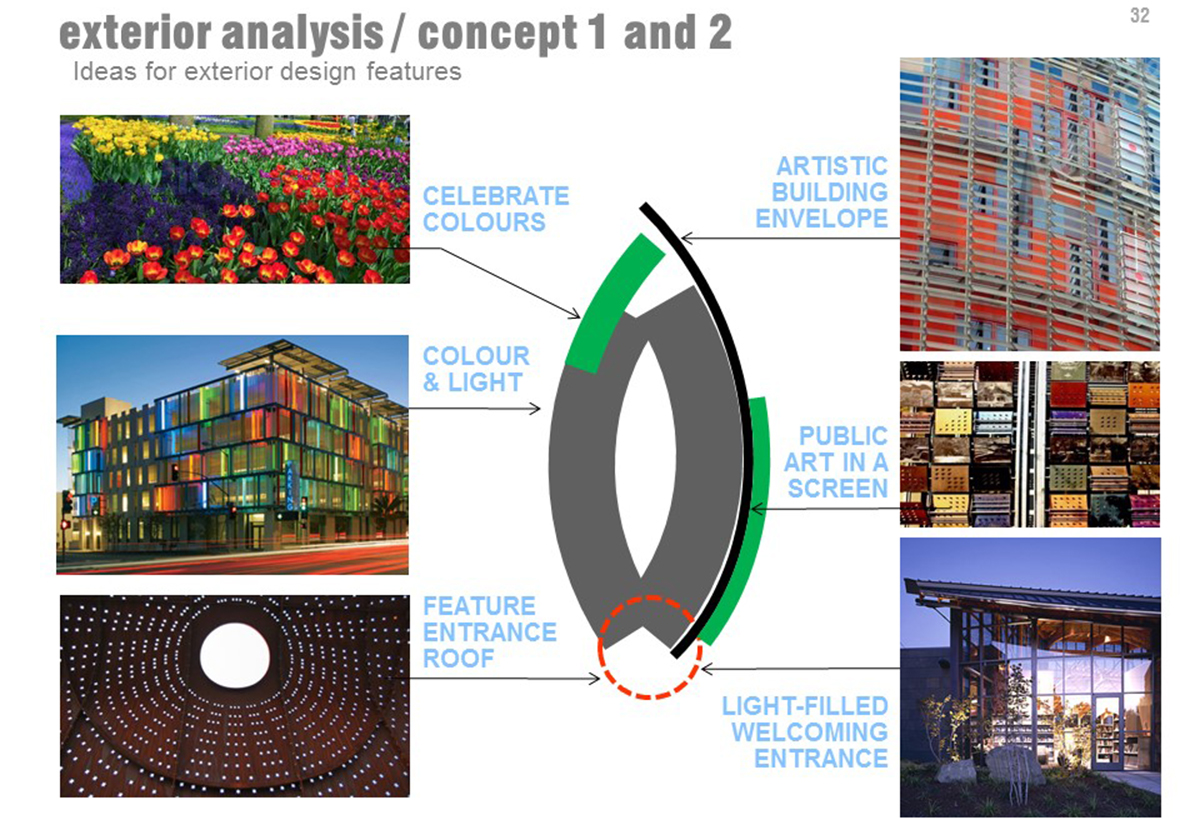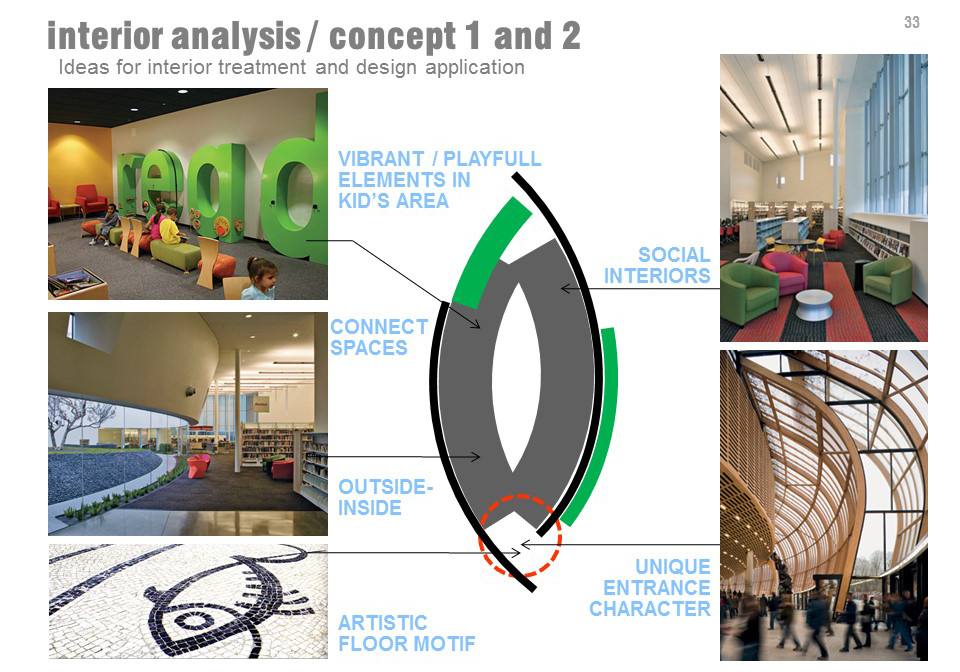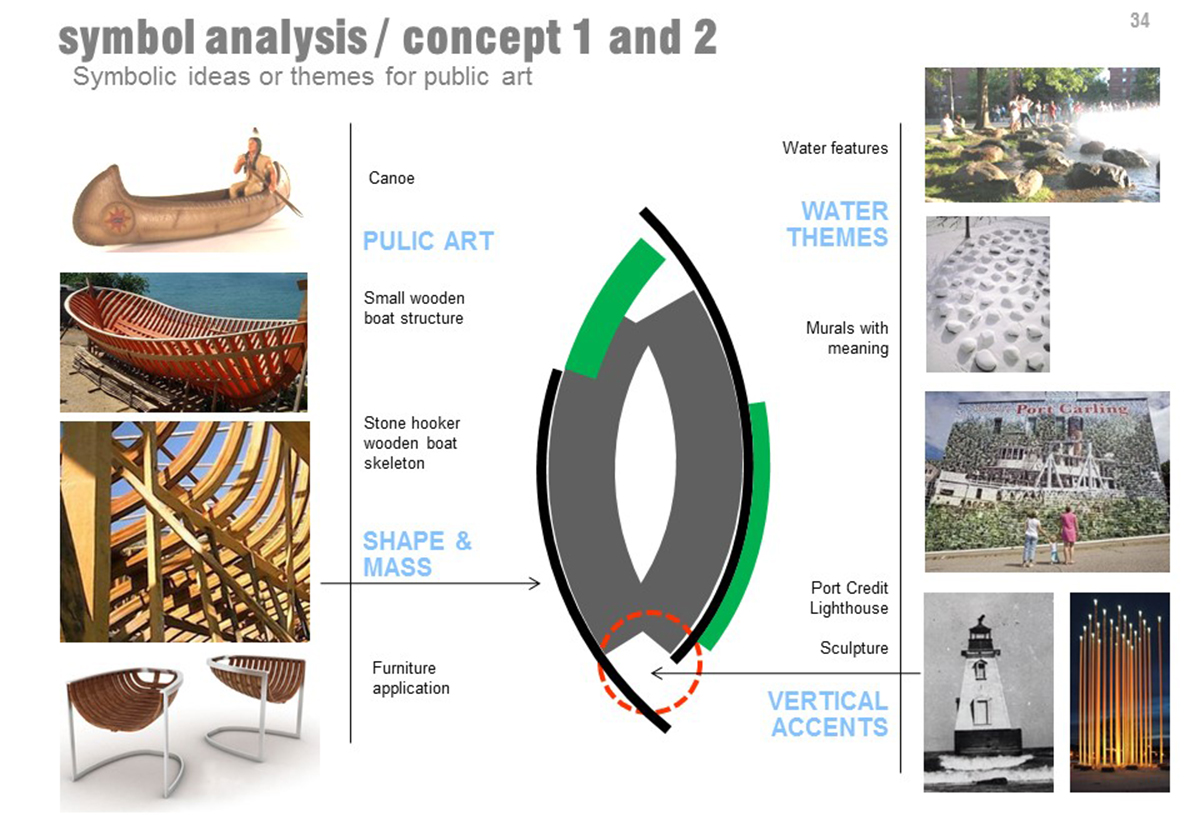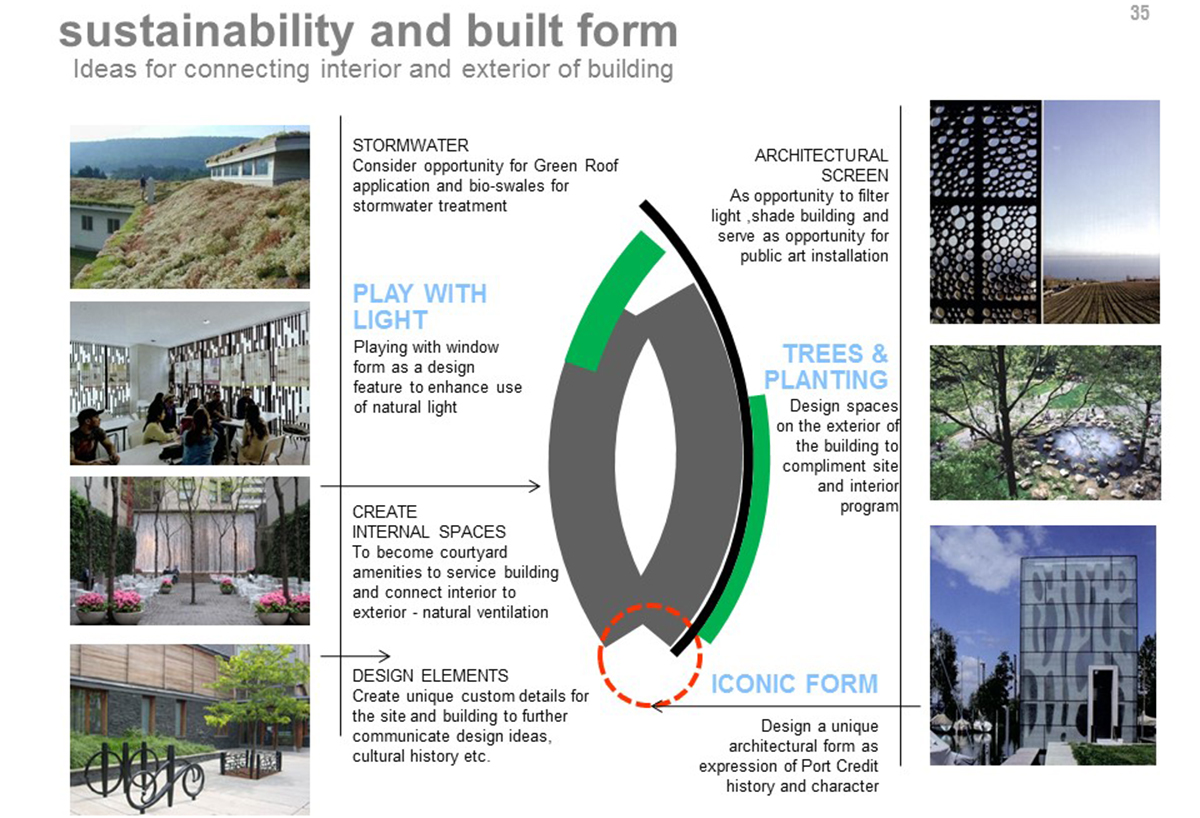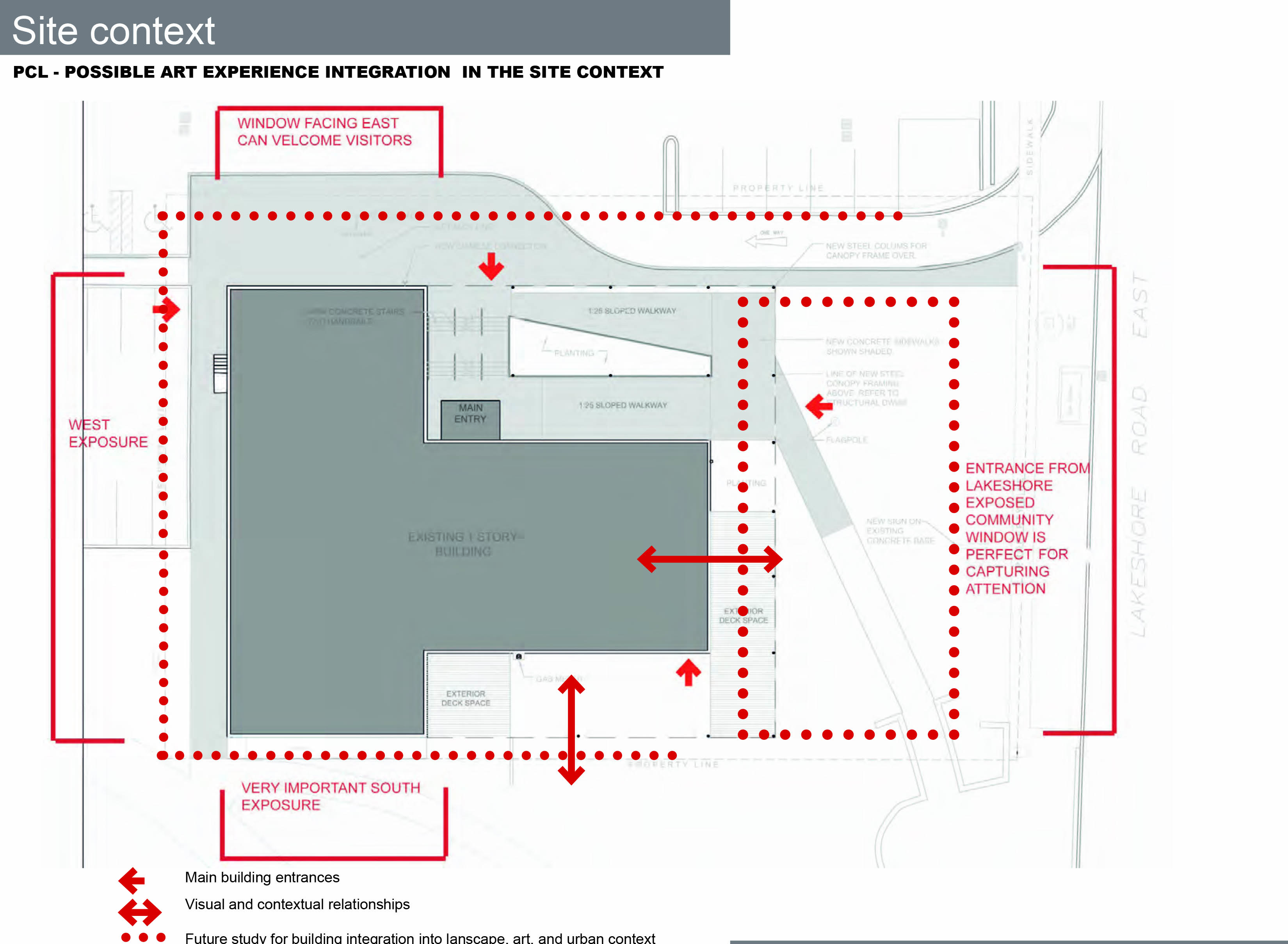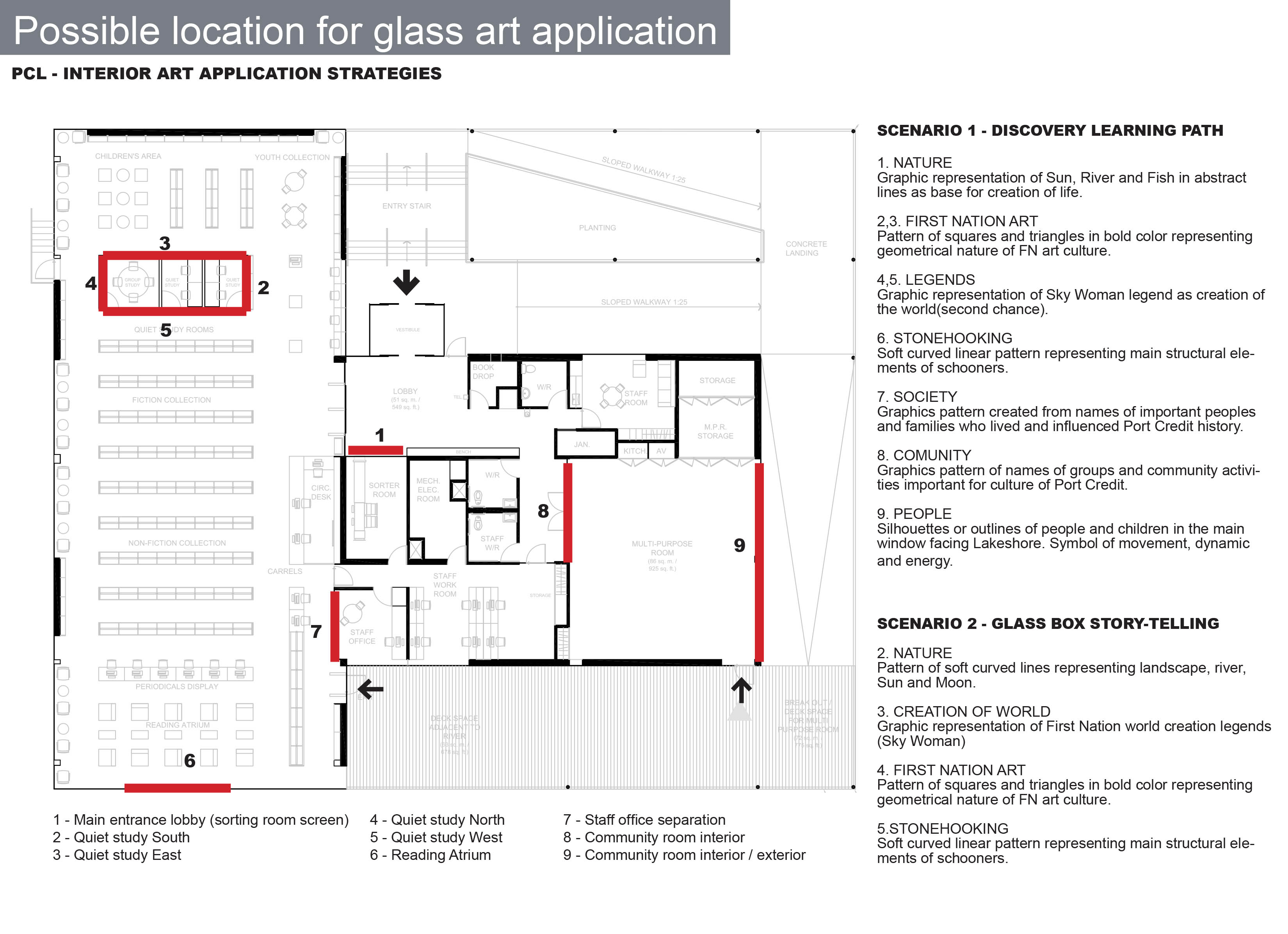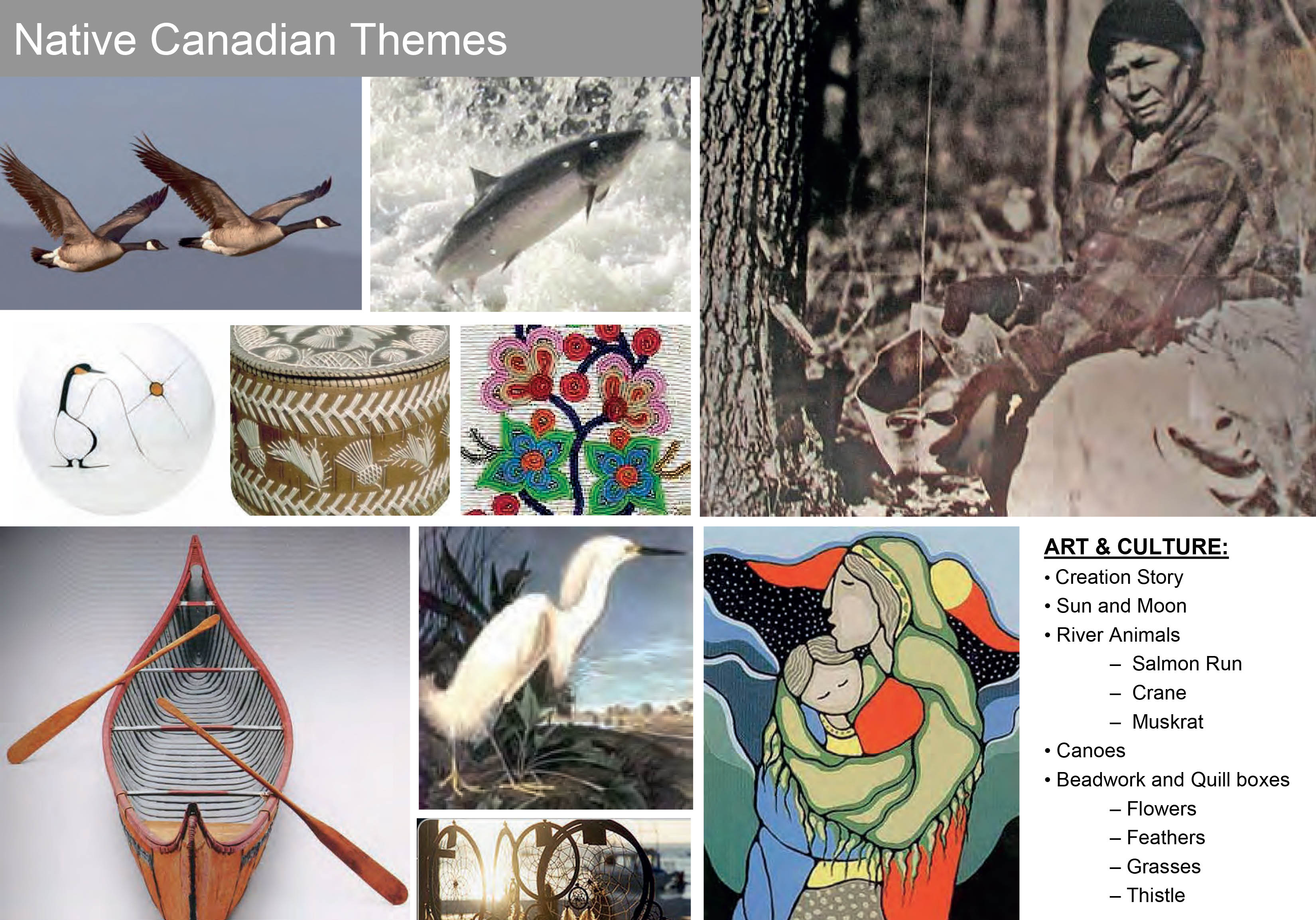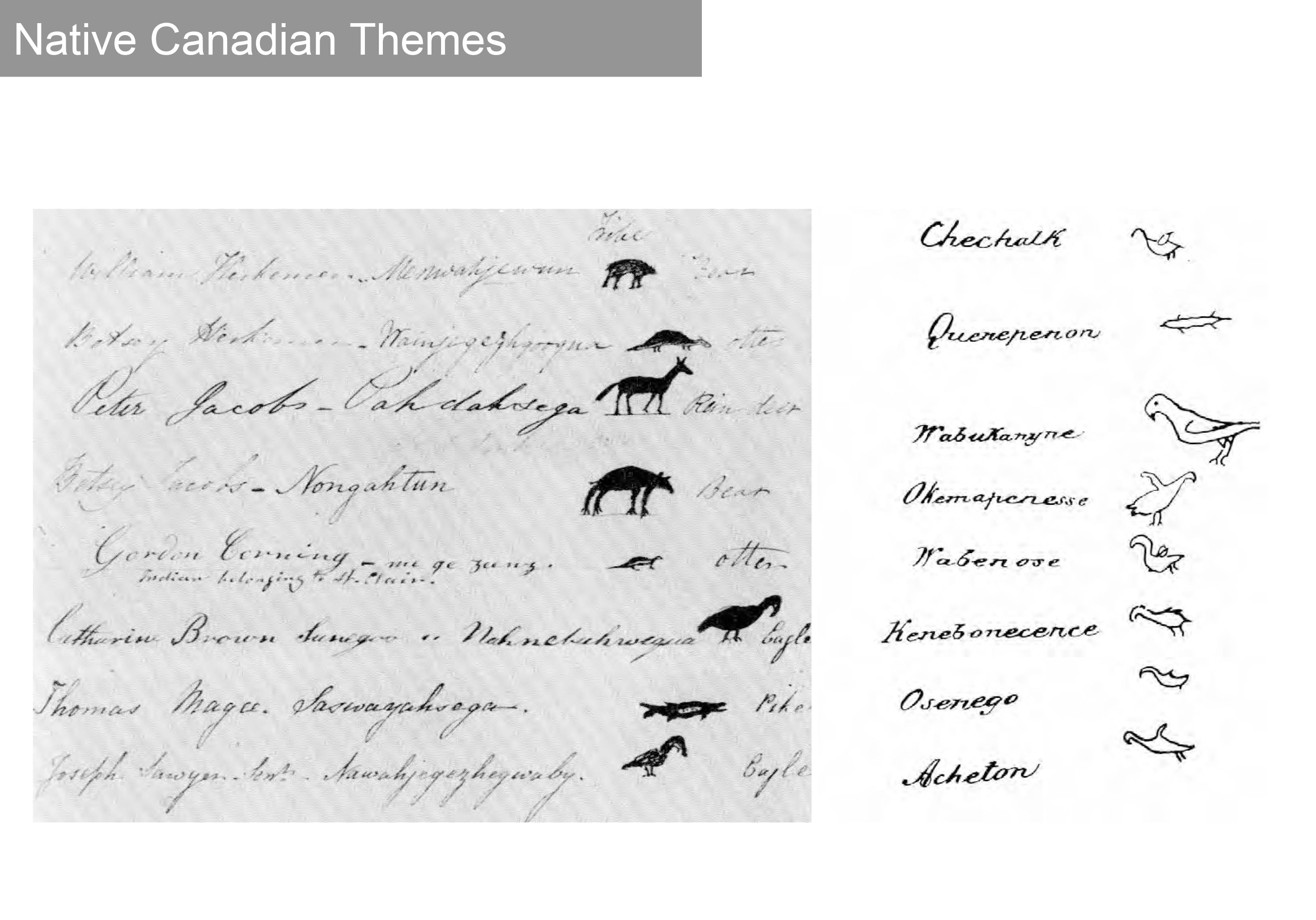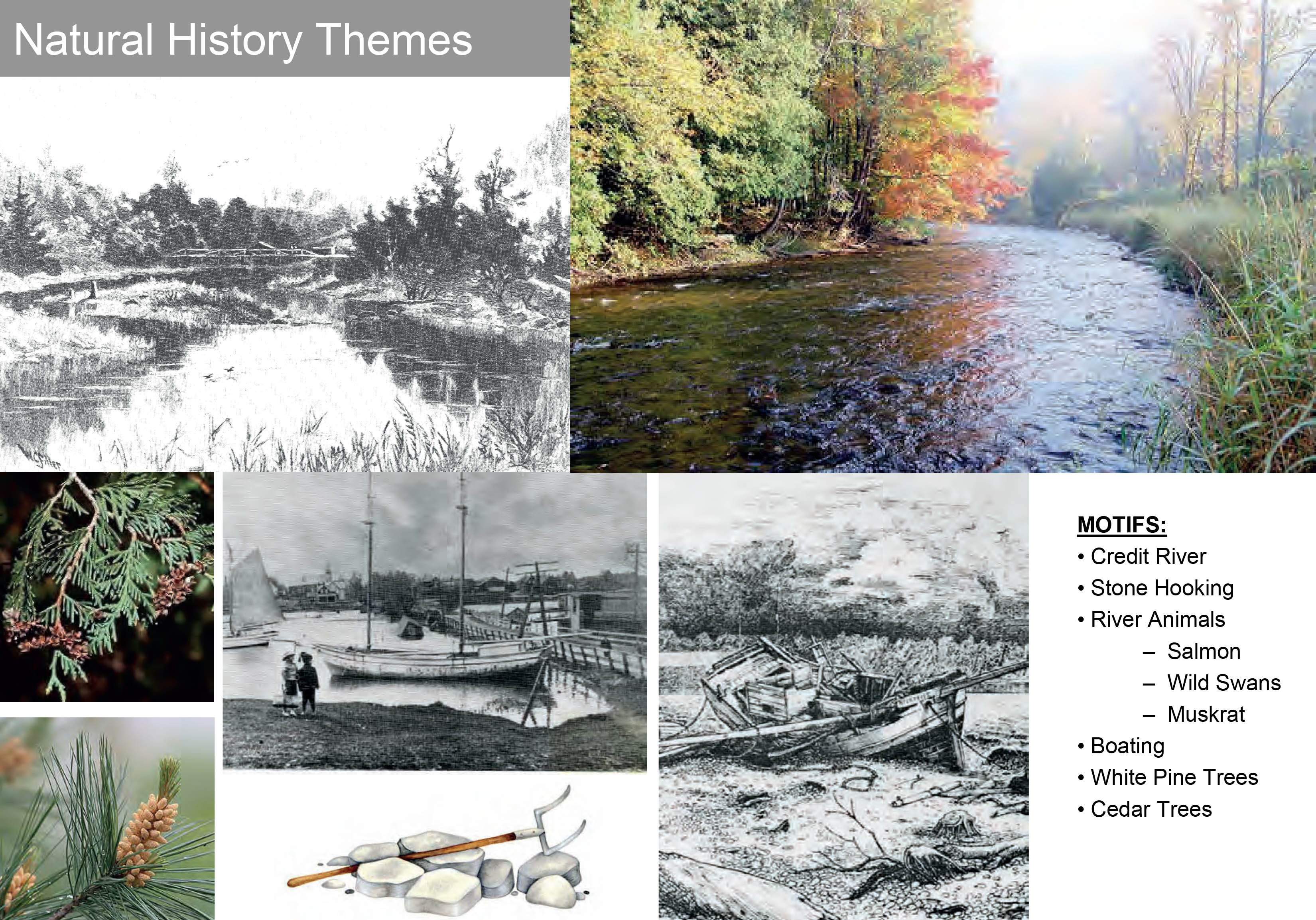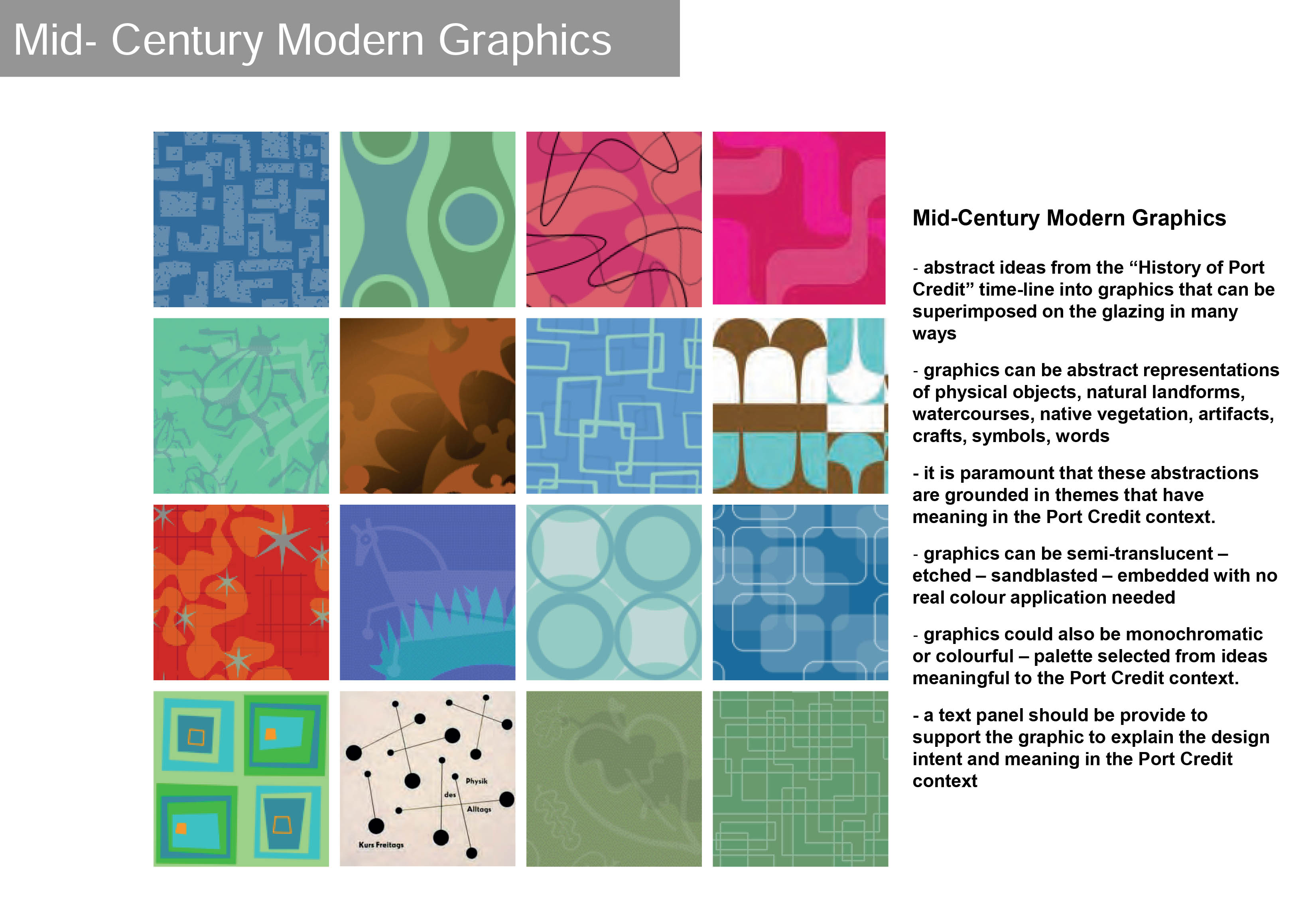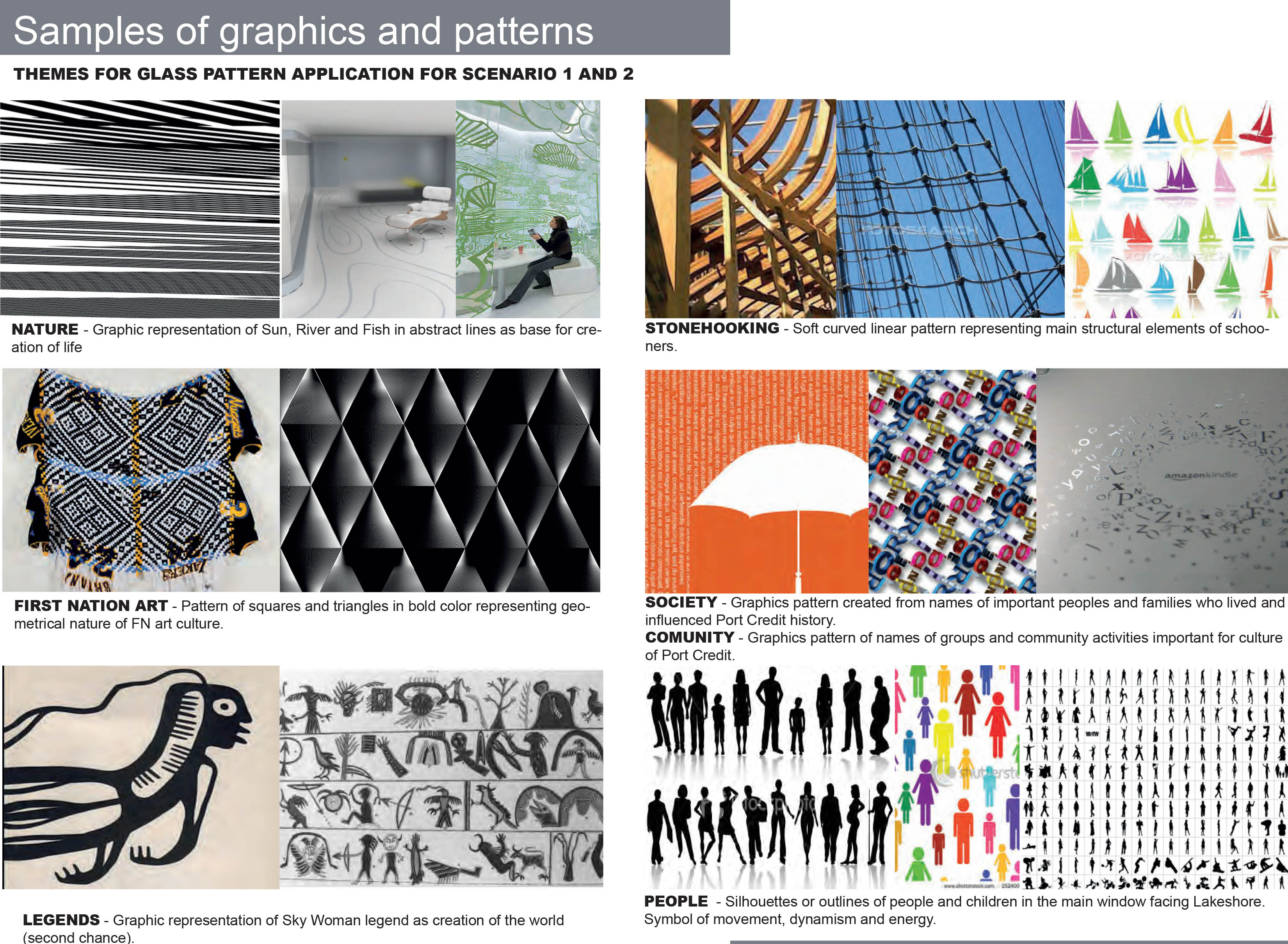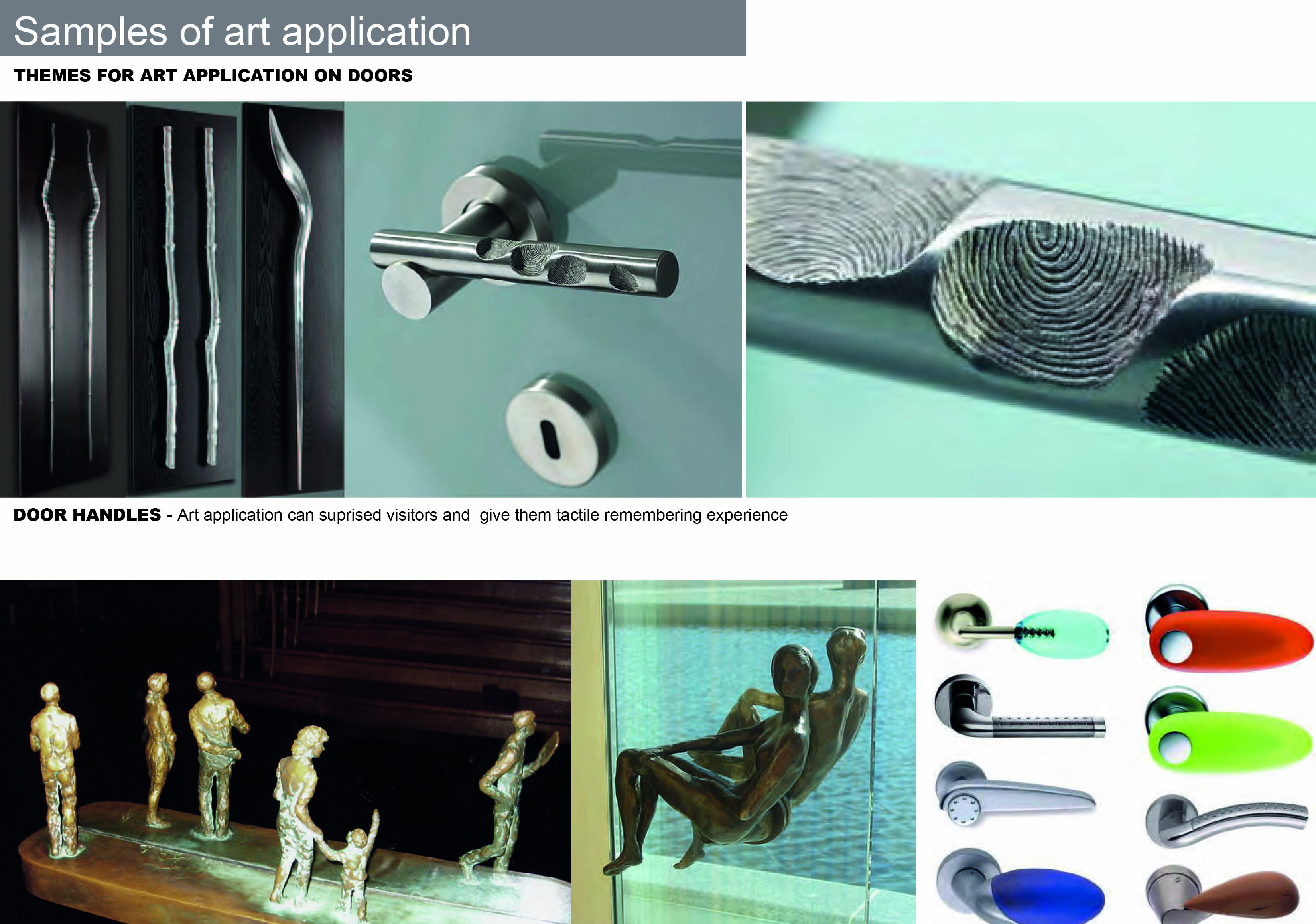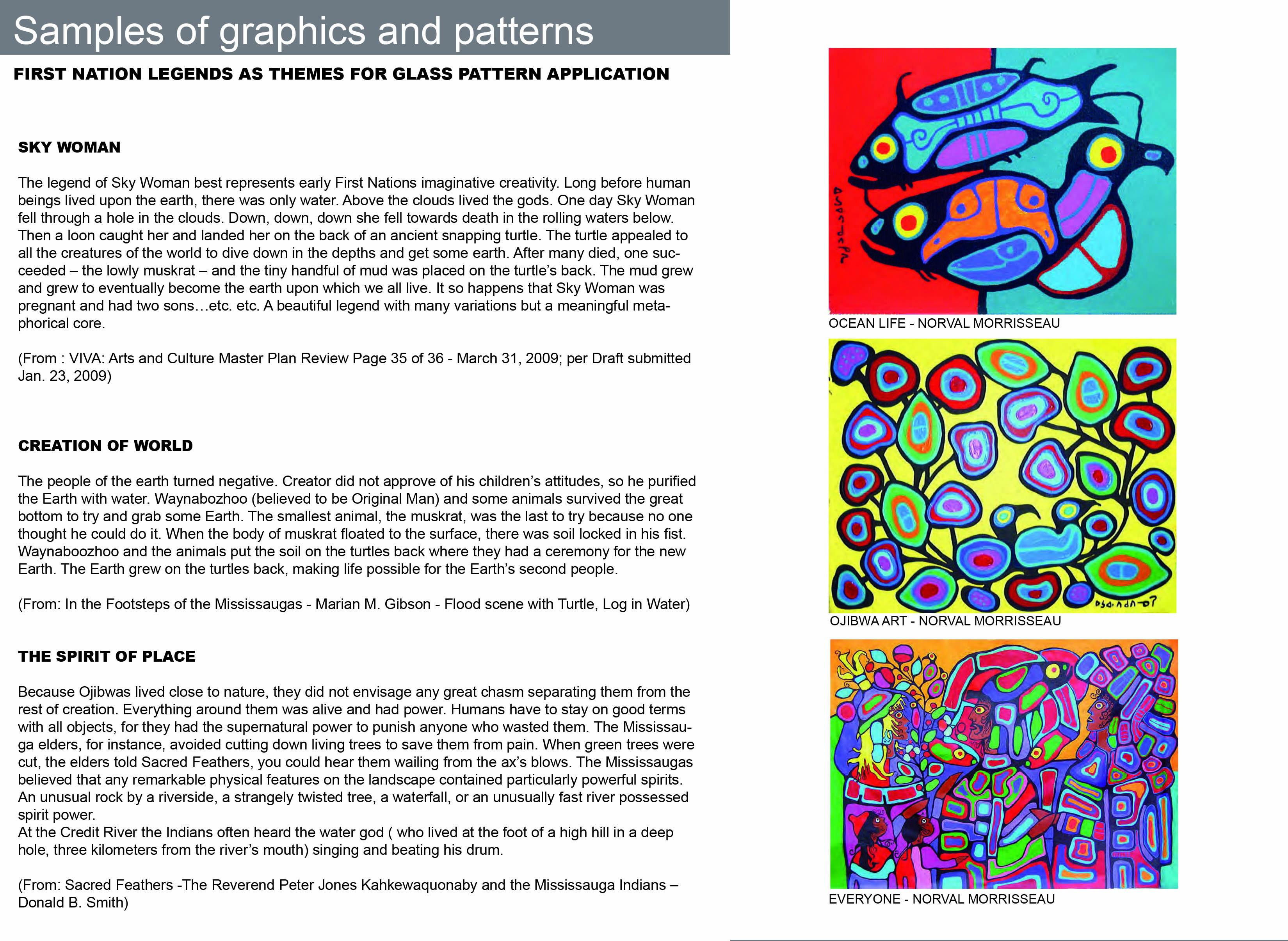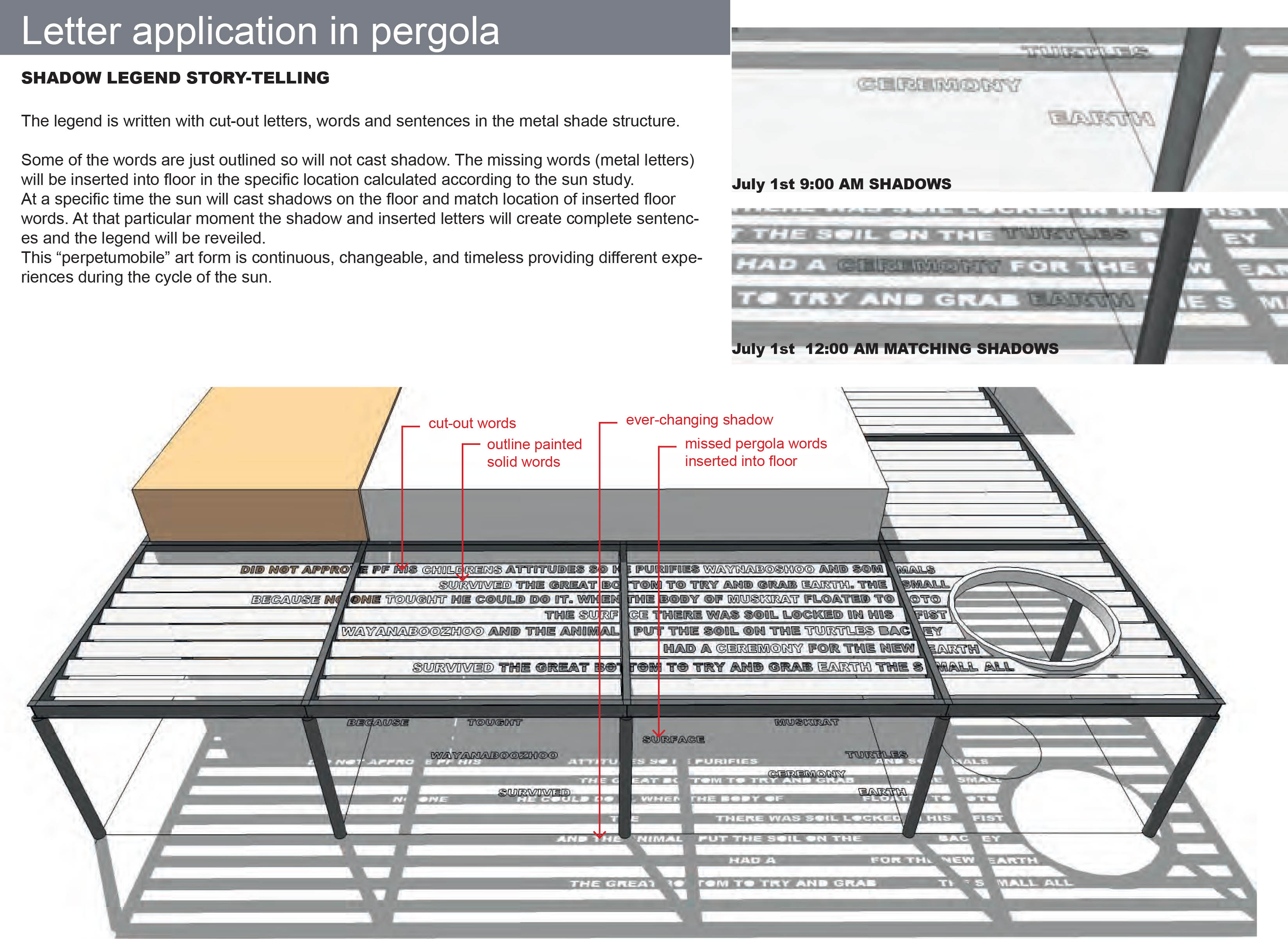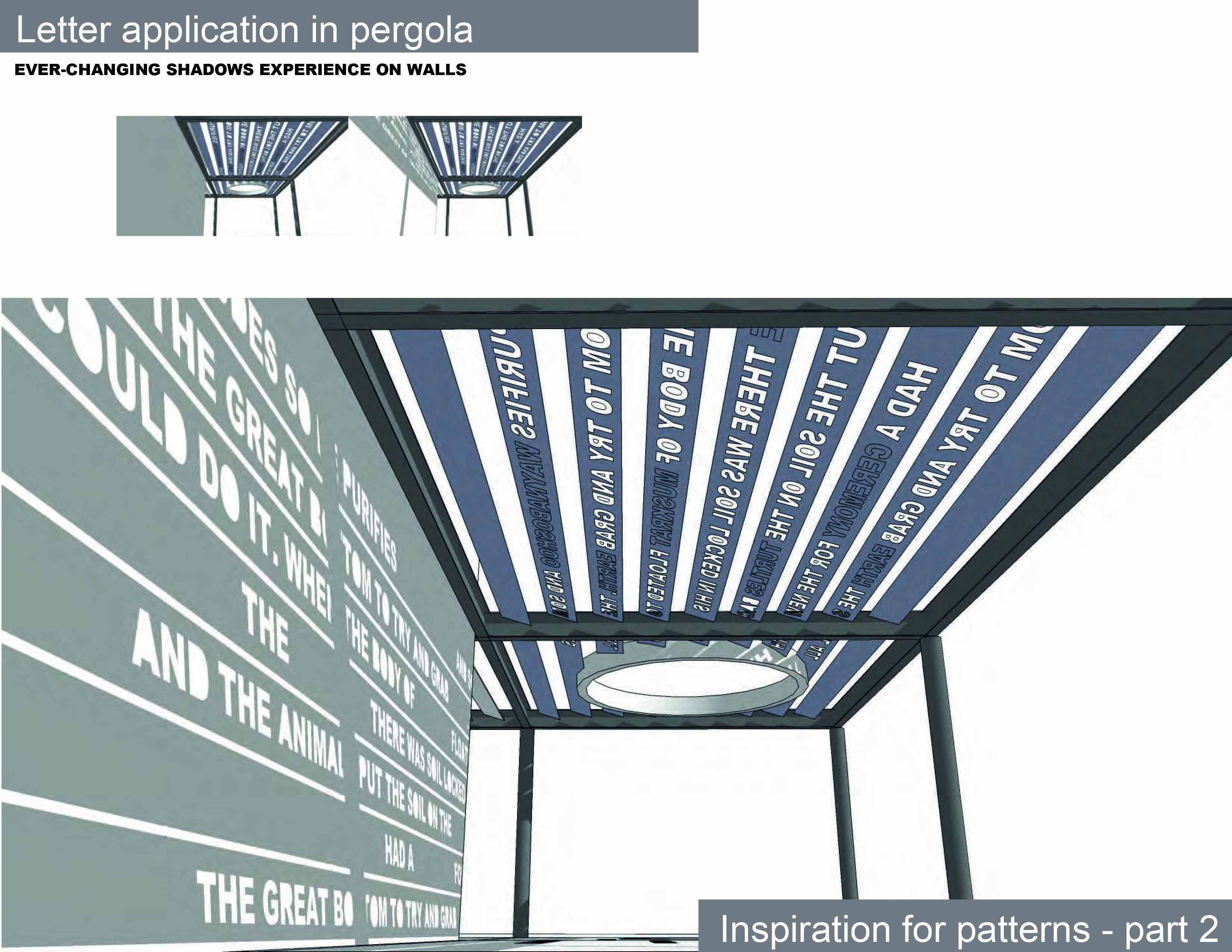
Open public discussion about redesigning Port Credit Library.
Speakers:
Design Architect Bob Goyeche (RDH Architects)
Councillor Corbasson –Ward 1
City of Mississauga planning staff representative
Port Credit Village Project representative
Guest speaker Major Hazel McCallion
Open public discussion about redesigning the Port Credit Library with speakers: Ward 1 Councillor Carmen Corbasson, design architect Bob Goyeche (RDH Architects), City of Mississauga planning staff representative, Port Credit Village Project representative, along with Mayor Hazel McCallion.
Almost a decade ago a dedicated group of citizens got together to see what their combined efforts could do to make Port Credit a stellar community on Mississauga’s lakefront. Today the community groups in Port Credit are varied and abundant. They clearly demonstrate that many in the community care enough about it to volunteer their efforts and to join together to listen to residents there, create visions, establish goals and, most importantly, take the steps necessary to turn visions into reality.
Port Credit Village Project (PCVP) is one of the local resident interest groups that has championed many small projects in the community. For the past few years, PCVP has taken an interest in the Port Credit Village Library and decided to explore the idea of a new Port Credit Library in the same great location. To champion this effort and the ideas and enthusiasm from the community PCVP planned a series of meetings /community soundings on library design. The meeting series took place over the better part of a year.
Of particular importance are the two most recent meetings, May 6 and May 20, 2009, where the public was invited to participate in a library design discussion and workshop. The enthusiasm and interest of the community was clearly demonstrated in the full turn out for each meeting. Each session was focused on public participation and was intended to draw the program and design ideas for the future Port Credit library from the broad community. The meetings opened with a guest speaker, followed by a presentation of inspiring miscellaneous library images and design ideas. The latter half of each meeting included a design workshop in which meeting participants broke out into small groups to develop their own concepts, programs and design alternatives for the library. The individual group efforts have been documented and can be viewed in Appendix A and Appendix B at the end of this report. There have been many other ideas put forward by individuals who recognize uniqueness of the Port Credit library site.
Many of these ideas, as well as those shared in the community soundings. Share a common thread; “The existing library needs to be rebuilt tastefully, in harmony with its surroundings, cultural history and the future needs of the Port Credit community.”
The function of libraries around the world are changing. Libraries, big and small, are becoming major public buildings that reflect the cultural milieu in which they have been erected. The Port Credit Library, too, could aspire to this new vision, acting as a central community hub for the Port Credit community and a destination for the City of Mississauga. The Port Credit Library should be designed to showcase the most recent architectural and environmental design trends, use natural daylight to reduce energy costs, incorporate public art into the design of the building and the library grounds , and provide improved programming and public amenities such as washrooms and public meeting space. The building could be an iconic structure along Lakeshore Road integrated into both its urban and natural setting. Additionally, this library could provide programming that would serve the community as both a library and as a cultural arts center. The building could provide the means to educate the public about sustainability, urban design and current architectural technologies. All this will take time, planning and cost money, of course. Perhaps more money than has presently been set aside. There has been a great deal of harmony among citizens, developers and elected officials as the project has unfolded.
